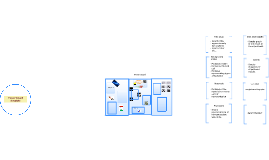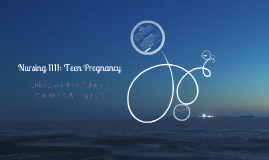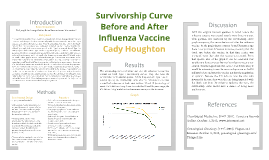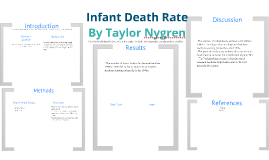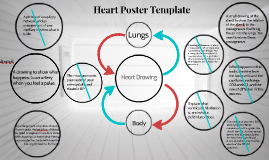Nursing 1111 Poster Presentation
Transcript: Charter BIELSKI, Z. (Jan. 29 2013). Why Teen Pregnancy Is On The Rise Again In Canada (and spiking in these provinces). The Globe and Mail “Teenage girls are more likely to get pregnant when they have fewer education or employment opportunities to postpone child-bearing for” (Bielski, 2013). “Young women who feel optimistic about their futures with respect to access to education and career tend not to get pregnant. Young women who are starting to feel discouraged about their employment and education opportunities are more likely to get pregnant” (Bielski, 2013). These two quotes above express one of the main reason's why teen pregnancy occurs. If teenagers do not understand the effects of having a child at such a young age, or if they feel unenthusiastic about their education, career, or future, they are more likely to become pregnant because if they don’t have a prospective goal in mind, teenagers have a tendency to focus on the present (Bielski, 2013). Some teenagers grow up in unstable environments and do not have hope for themselves in the future; therefore having a baby might seem appealing. It is important to create supportive environments for teens to educate them about the reality of being a teen parent, and to give them access to help before, during, and after pregnancy: • Before, so teen pregnancy is not glorified and that the truth about raising a child is exposed. • During, so teenage mothers- and fathers-to-be learn the preparation needed to raise a child. • After, so teen parents have somewhere to turn for support and advice. Creating Supportive Environments Relation to Nursing Calgary Board of Education . (N/A). Louise Dean Scool . Retrieved from Calgary Board of Education : http://schools.cbe.ab.ca/b418/ *** -Nurses needed in schools for pregnant teens (Louise Dean School in Calgary) -Higher incidence of pregnancy, calls for a greater number of nurses in Labour and Delivery -Nurses needed to educate (sex Ed programs and the use of contraception) -Help in finding counseling and job fairs to encourage teens to see there are several job opportunities available to them -Provide information to teens thrown out by parents/guardians (Scholarships, places of residence) -Provide a therapeutic and open relationship- many of these young teens will have a lot of apprehensions and fears -Teen pregnancies notorious for premature babies- more nurses in neonatal care -Underdeveloped babies- living with permanent conditions, nurses needed for those areas (respiratory center, cardiac center) -Options for pregnant teens (abortion, midwives, baby classes) (BIELSKI, Jan. 29 2013) (R. Kaczowka, Feb. 4 2013) (Calgary Board of Education . (N/A). Louise Dean Scool . Retrieved from Calgary Board of Education : http://schools.cbe.ab.ca/b418/) In this article written by Bielski and posted in the Globe and Mail on Jan. 29 2013 we are presented with the alarming fact that teen pregnancy rates are on the rise within Canada. The majority of these teen pregnancies are from the Eastern islands of Canada with a slight inclination in Central and Western Canada as well. Professionals are lead to believe the reason for the increased number of teen pregnancies stems from the lowered socio-economic status that Canada has been faced with over the past couple years. This article discusses how young females who have a future to look forward to, a university to attend, and employment opportunities waiting for them put off planning a family and generally sustain from unsafe sexual activity. The professionals suggest getting youth interested in their future, and the pregnancy rates in adolescent women should be significantly lower. (BIELSKI, Jan. 29 2013) Nursing 1111: Teen Pregnancy Determinante's R. Kaczowka, personal communication, February 4, 2013 Erika B, Adelle K, Sabina P, 2. Another determinant that was seen in this article is Education and Literacy. There seems to be a trend that young woman with no plan for furthering their education have babies at a younger age. To them their future's don't seem to be going anywhere, these woman who do not have any goals or plans for education, tend to lack responsibility when it comes to their sexual health. They aren't delaying intercourse and nor are they worried about contraceptives, because there isn't that need to finish school. Having a baby at such a young age makes it hard for a woman to go back to school and because of this, jobs can be hard to come by. This affects the overall health of the individual and her child in a negative way, as it is harder to choose healthier choices in such circumstances. (BIELSKI, Jan. 29 2013) Caroline S, & Murphy S Article Summary References 1. Income and social status is one of the determinants of health found in the article. The article states “experts pointing to a tough socio-economic climate as a key factor in the local spikes” (BIELSKI, Jan. 29 2013). Female teenagers who are struggling in school or are unemployed have a higher rate of pregnancy






